A number of years ago a man presented himself at a Maplewood citizen’s (who we’ll call BH*) front door and said he was a spelunker. He told BH that he knew there was a cave in the vicinity and would BH mind if he had a look in his backyard.
BH didn’t mind and showed the caver where two manhole covers were located very close to one another. The first is a cover for a storm sewer. The second turned out to have a different purpose. It is an access to what I’m suggesting we call Sutton’s Cave.
The spelunker wasted no time in removing the cover and scurrying down the manhole. BH said the man was well equipped and an experienced member of a local spelunking society. In spite of that after the spelunker had been gone several hours, he began to worry. It was nearing sunset when the mud-covered man finally reemerged and told BH that there was a very large cave that went on and on.
While doing research for the Maplewood history book I realized that this location (BH’s backyard) is very close to the site where James Sutton constructed a home in 1826. To reveal the source of this information would be to reveal the location.
According to this source “The first house…was put up at a point…near a spring that is yet situated … down at the rear of Mrs. Poertner’s lot.” My investigation determined the likely location of the spring. The present day entrance to the cave is extremely close to the former location of the spring. Indeed it appears that the spring may have at some time in the past been routed to empty into the cave itself.
In 2010 acting out of curiosity I contacted a local group of responsible spelunkers. They came out and verified that the manhole in question was an access point to the cave. They informed me that it would be very unhealthy to try and explore this cave without the proper equipment. These days urban caves often have sewage in them. The air can be deadly.
The cavers, extremely nice and knowledgeable fellows all, recorded the location and at my suggestion listed it as Sutton’s Cave. They knew of another very large cave fairly close by that had also been capped with a manhole cover. The manhole cover which now caps the Sutton cave is not typical. It is much thicker and heavier than normal. It was obviously meant to allow access but not easy access to the cave in the future.
Sutton most likely made use of the spring. He and others must have made use of the cave as well. I wonder if they left anything down there.
Doug Houser 2012
*Because this story concerns private property and possible health risks to would-be explorers I’ve taken care to conceal the location of the cave and the identities of those involved.
This piece was originally posted on the Maplewood Patch website in 2012. Because it was one of my most popular posts at the time I’m rerunning it for those who missed it the first time around.
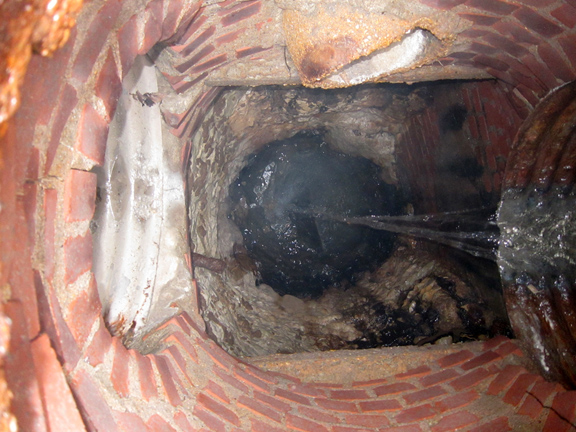
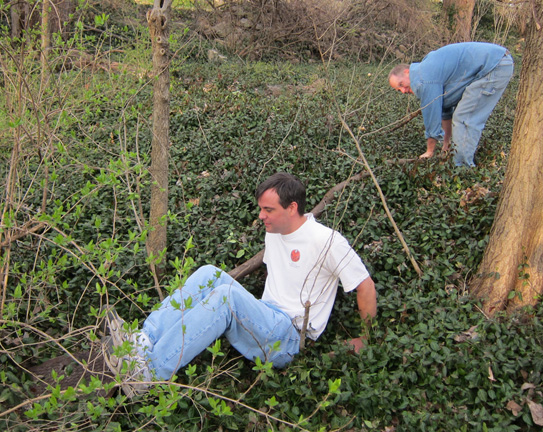
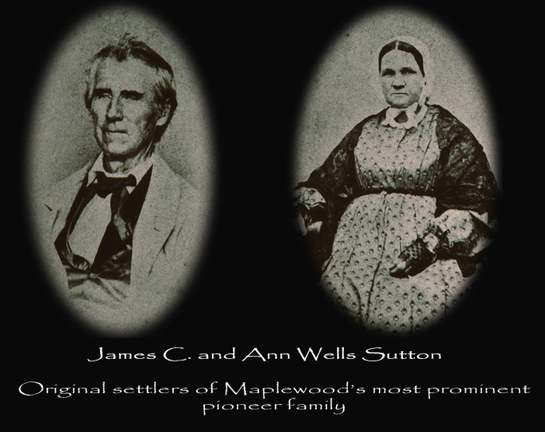
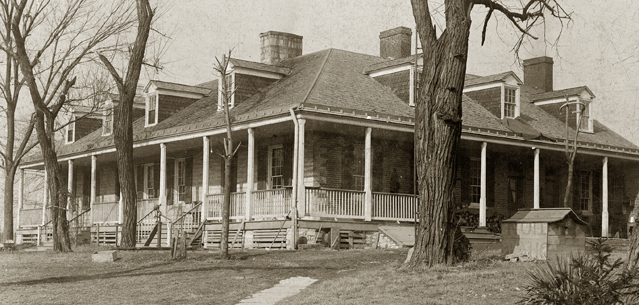

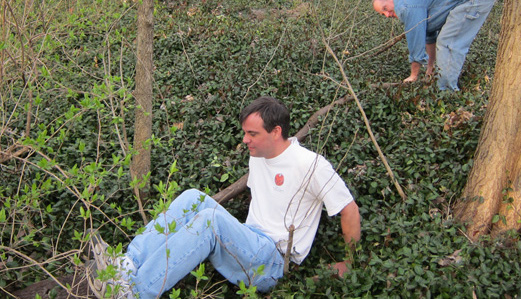
So much fun! Doug Houser, will you lead a cave tour for everyone sometime? Thanks for all of your research and reporting your findings to the neighborhood! You should compile your entries into another book! (:
You are welcome, Kristin. As a young man I thought it was exciting to do a little spelunking. As I recall some of the caves my friends and I explored, I cringe. We were young, stupid and lucky thankfully. So there will be no more cave tours for me. Light and air is what I crave these days. But the book you mention is already in the works. Working title is “An Incomplete History of Maplewood, Volume I.”
Yes, I think it’s a shame and very short-sighted that we lost the Sutton house, especially knowing that St. Louis County was born there.
I agree, Gary. It is awfully hard to save historic properties that are in the way of development. We are extremely lucky to still have Woodside. It wouldn’t have survived had it been located on a major artery. Thank you for your comment.
Woodside still needs a lot of work to be saved. Anything new happening with it so we don’t lose it?
Word on the street is that there is a potential buyer who wants to rehab it.
A prospective buyer has told the city of his intent to purchase. So far, no money has changed hands. His window of opportunity may close if he doesn’t get moving quickly. It’s a nusance and the city may be forced to spend money to tear it down before it falls in on itself. All the nearby neighbors are sick of looking at the mess it has become.
I have mentioned before but I guess Dave didn’t get the news. There now exists a legitimate nonprofit (all set up and registered with the IRS, etc.) called Friends of Woodside. Luke Havel is the president. If the prospective buyer can’t follow through the Friends will begin a fund raising campaign to at the very least, stabilize and mothball the structure. We are very close now to saving it.
I really enjoyed this story, thanks for sharing! ?
You are welcome, Brenna. Thanks for your comment.